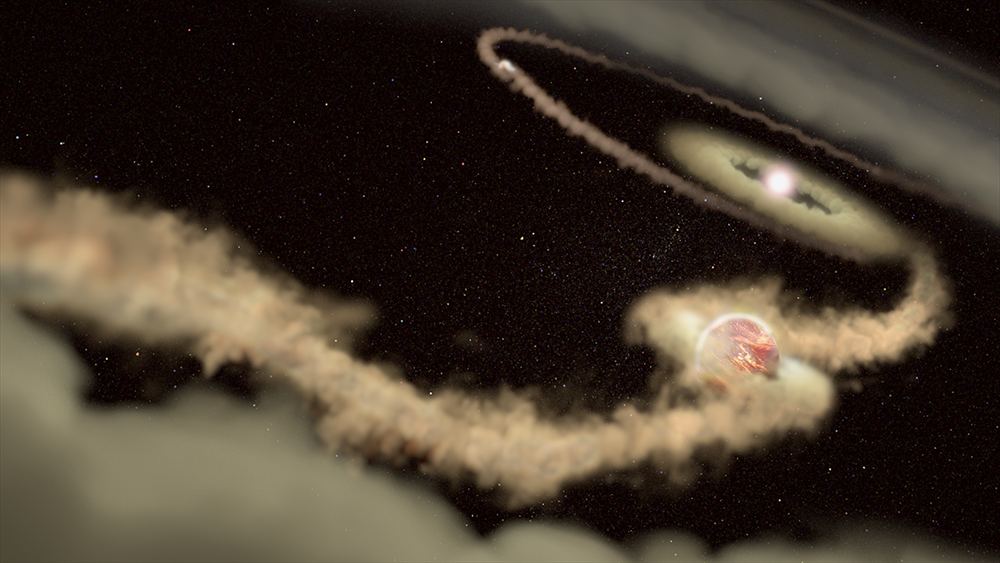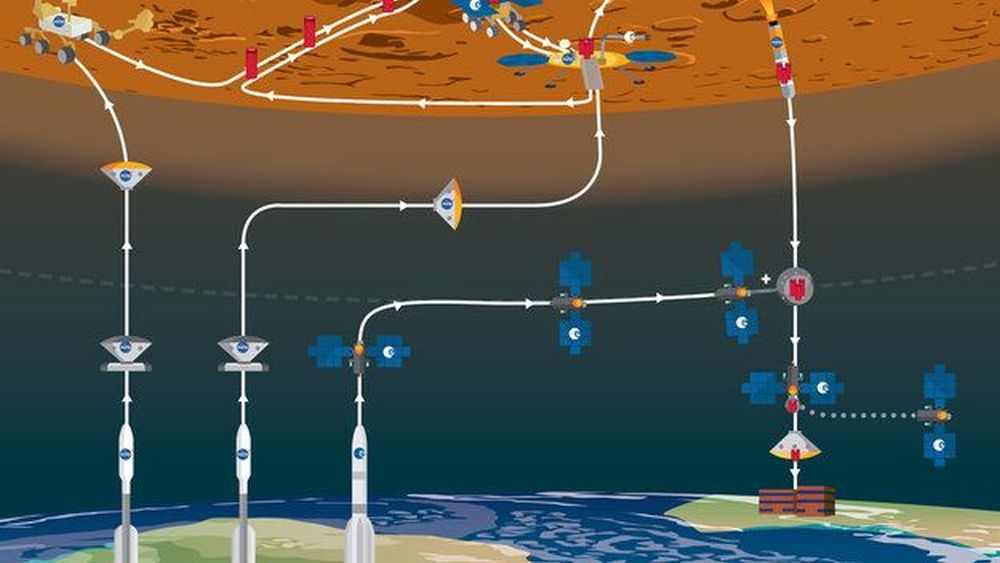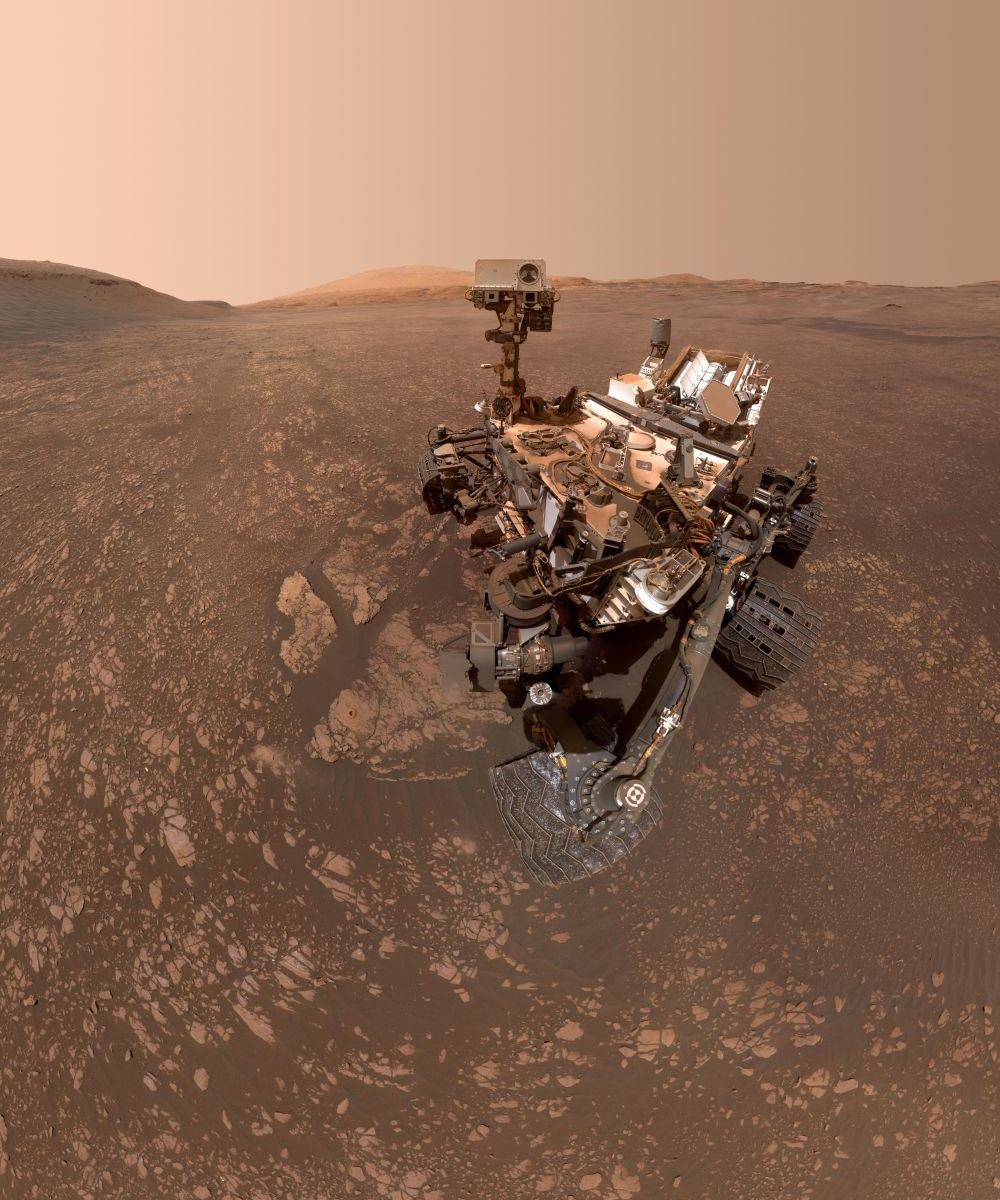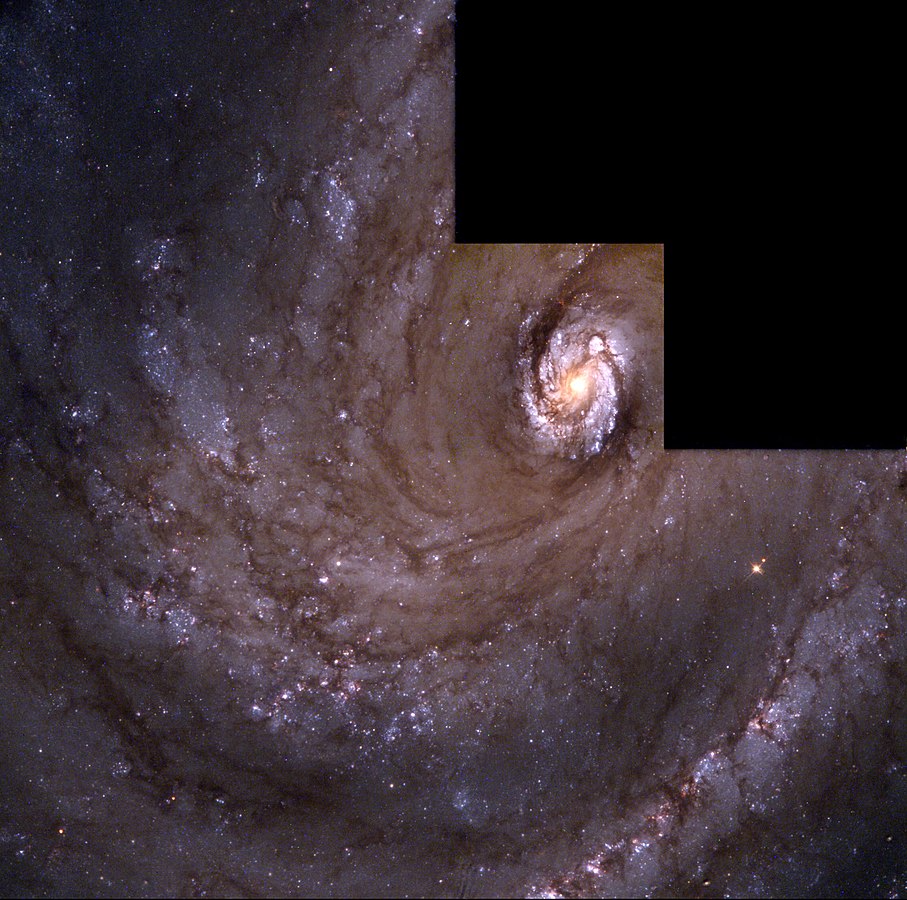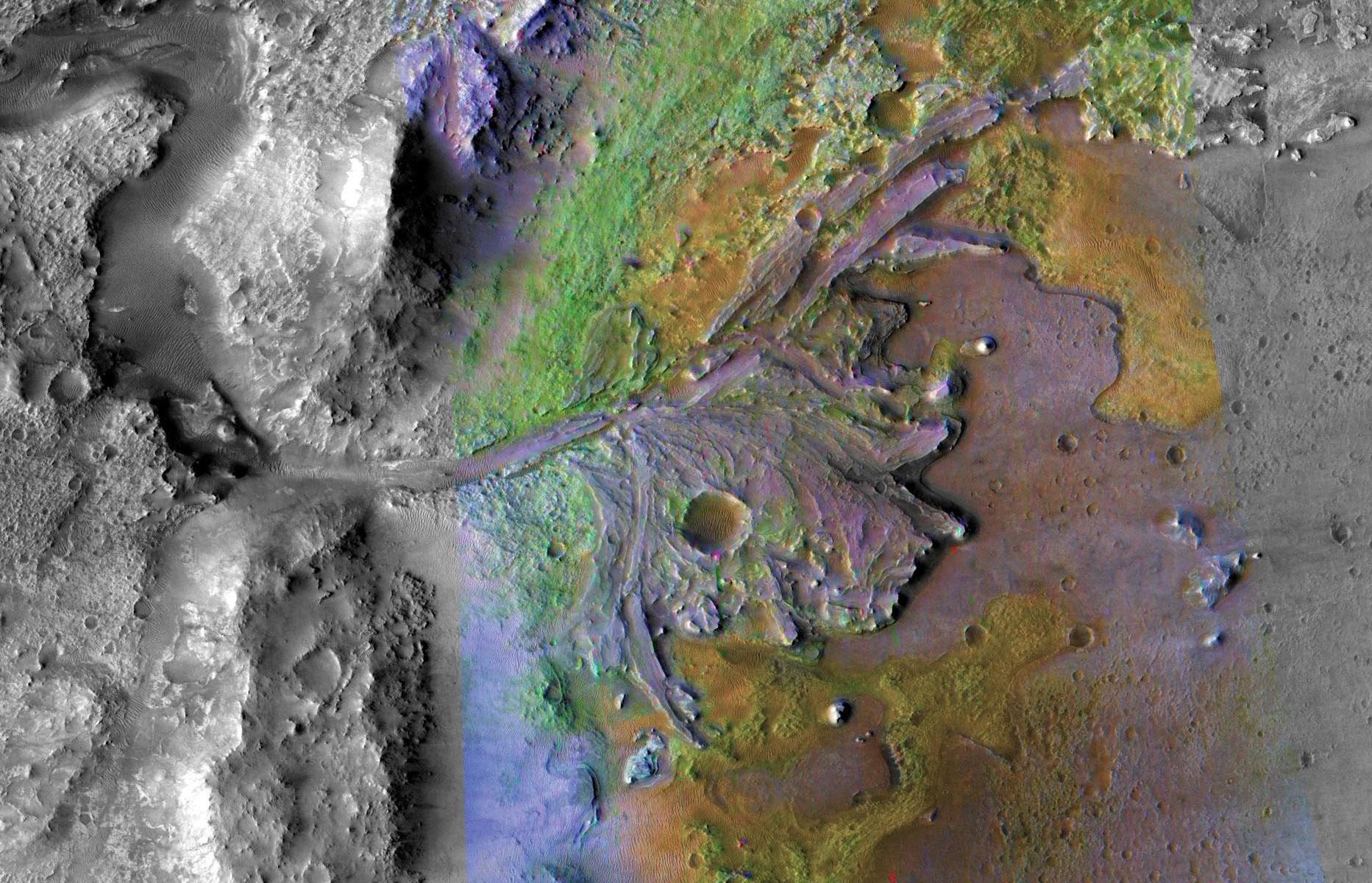370 light years away from us, a solar system is making baby planets. The star at the center of it all is young, only about 6 million years old. And its babies are two enormous planets, likely both gas giants, nursing on gaseous matter from the star’s circumsolar disk.
Continue reading “Astronomers See Adorable Baby Planets Forming Around a Young Star”Astronomers See Adorable Baby Planets Forming Around a Young Star
